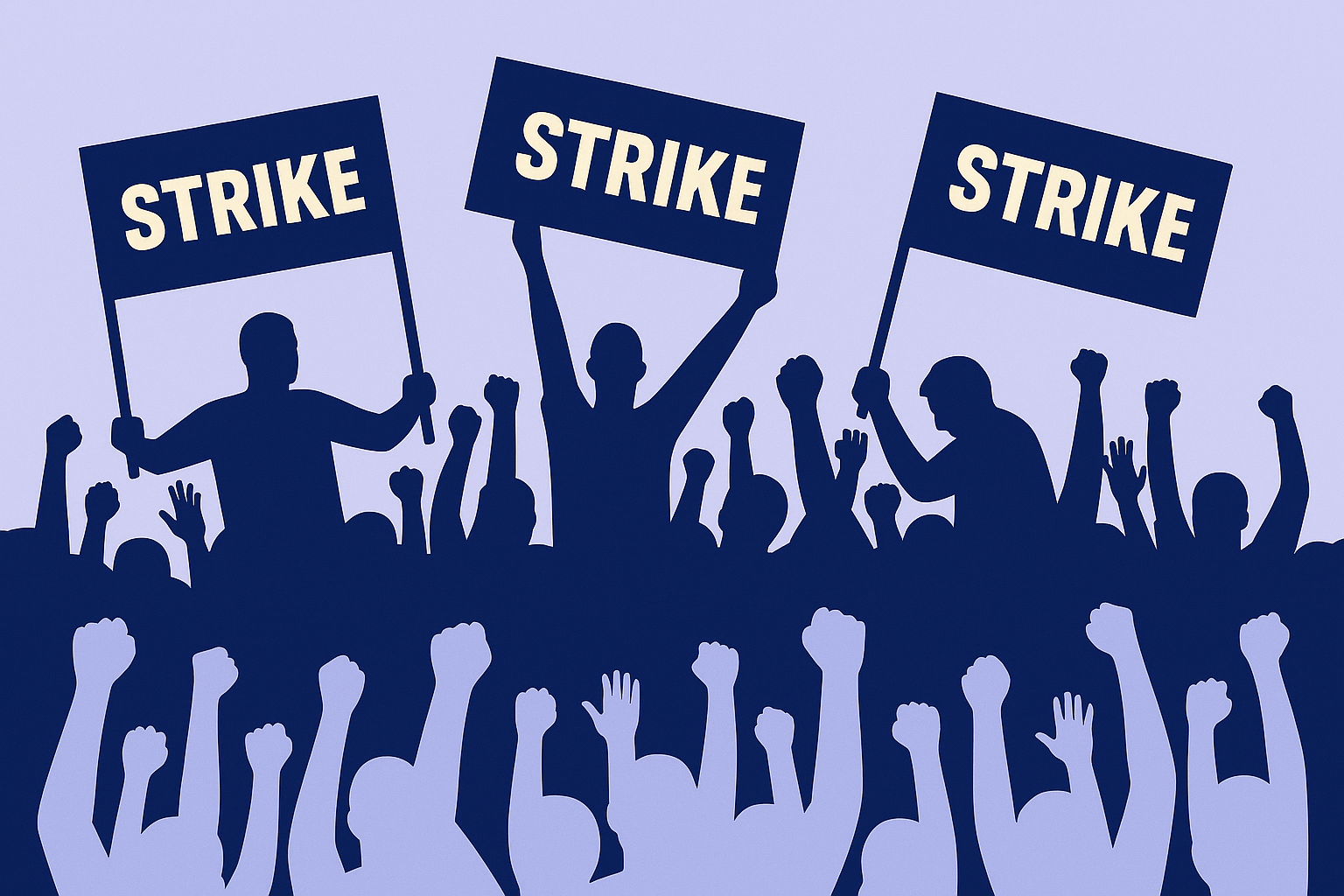Canada Post Strike: Workers’ Rights Explained
When news breaks of a Canada Post strike, most people immediately think about delayed mail and package deliveries. But behind the disruption lies a much bigger story: the rights of workers, the power of unions, and the delicate balance between public services and labor law in Canada. Understanding the legal framework that governs strikes not only explains why they happen but also highlights the fundamental role of collective bargaining in protecting workers’ rights.
The Legal Framework of Strikes in Canada
Strikes in Canada are regulated by the Canada Labour Code (CLC), which outlines when and how federal employees — including postal workers — can legally strike. Key provisions include:
- Right to Strike: Workers can legally strike after collective bargaining has failed and a mandatory conciliation process has ended.
- Essential Services: The government can limit strike action if it endangers public safety.
- Cooling-Off Period: A strike vote must occur, and a notice must be filed before the strike can begin.
This legal structure ensures that strikes are a last resort, not a first option.
Why Canada Post Workers Strike
Postal workers often raise concerns related to:
- Fair Wages & Benefits: Keeping up with inflation and cost of living.
- Workplace Safety: Addressing injuries and stress linked to heavy workloads.
- Job Security: The rise of automation and gig economy competition.
- Equal Pay for Rural & Urban Workers: A long-standing dispute over compensation fairness.
Strikes, therefore, are not just about money — they’re about dignity, equality, and safe working conditions.
Impact on Consumers and Businesses
For the public, a strike often means:
- Delayed Mail & Packages — especially critical for small businesses and remote communities.
- Interrupted Government Services — tax documents, health cards, and other important mail.
- E-commerce Challenges — online retailers relying on Canada Post face financial setbacks.
While frustrating, these disruptions highlight the essential role postal workers play in Canadian society.
Government Intervention: When Strikes End Up in Court
In past strikes, the Canadian government has sometimes passed back-to-work legislation, forcing postal employees to return to work.
- Supporters argue it protects the economy and public interest.
- Critics argue it undermines the constitutional right to strike, as recognized by the Supreme Court of Canada (2015).
This tension between workers’ rights and public services makes Canada Post strikes uniquely controversial.
What Consumers Can Do During a Strike
- Use Alternative Carriers: Couriers like FedEx, UPS, or Purolator.
- Go Digital: Shift bills, tax forms, and government communications online.
- Support Workers’ Rights: Understand the reasons behind the strike before placing blame solely on employees.
Conclusion
The Canada Post strike is more than a labor dispute it’s a test of how Canada balances workers’ rights, public interest, and government intervention. For citizens, it’s a reminder that the ability to strike is not just a disruption, but a fundamental democratic right.

